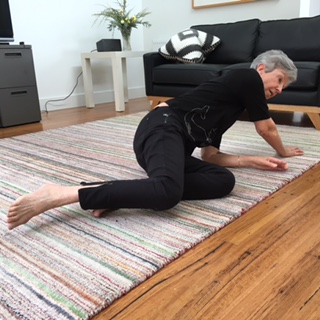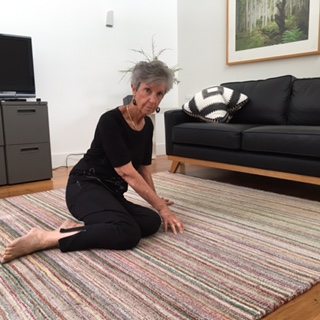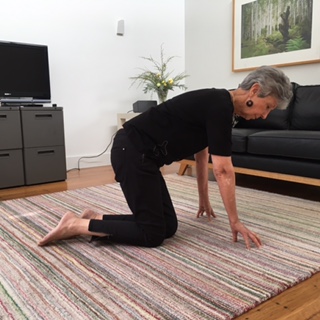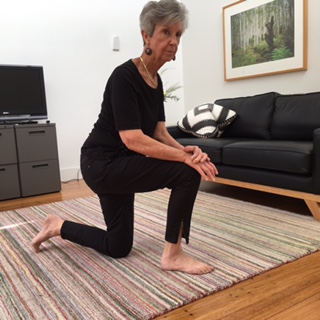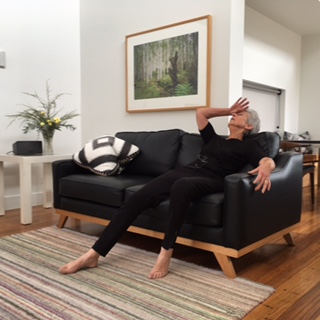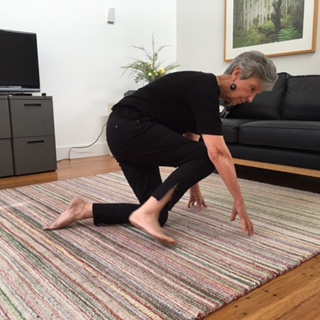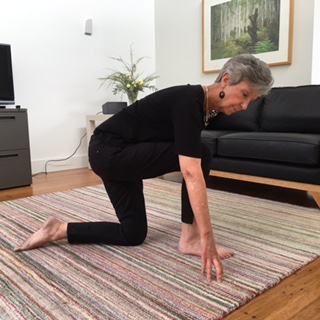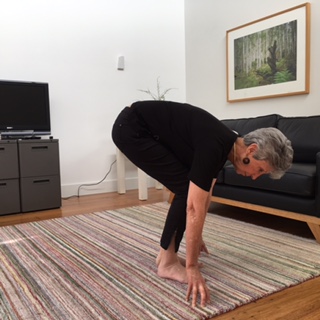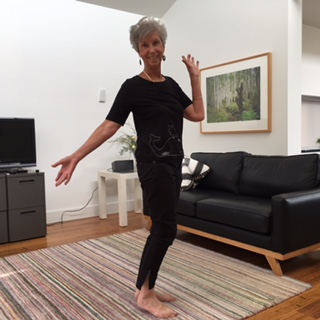"I get knocked down but I get up again! You're never gonna keep me down!"
Why do people fall over?
There are multiple reasons that people fall. If we’re young and healthy it is generally to do with misadventure, sport or intoxication. As we age, risk factors for falling are varied and are linked to factors such as advancing age, sensory decline (think vision and bifocals), reduced lower limb strength and co-morbidities (e.g. obesity, cardiovascular disease or cognitive impairment) (1).
There has been a stack of research into implementing strategies for preventing falls in an ageing population and at the top of the list is exercise.
Fall preventions strategies
There is no doubt that exercise interventions reduce falls (2). There is recent Cochrane systematic review (3) that has even summarised the most effective programmes to help reduce falls. They involve dynamic exercise, three times per week for three months. No surprises there.
Okay - now I can't get up!
What is surprising is the startling statistic that up to half of non-injured fallers are unable to get up again (4,5) and to put it rather bluntly if you can’t get up again, you are at greater risk of falling again (6,7) and more likely to die if you do (8). If you’re stuck on the floor for greater than 60 minutes, you’re also at risk of pressure sores, hypothermia, dehydration and someone may suggest that you shouldn’t be in your own home (8).
Data from the UK suggested that only 4% of fallers were taught how to get up again (9). So I’m here to suggest that if you don’t know if you can get up and down off the floor then you need to get down there and see if you can. Once you’ve done it, keep doing it. Practice to prevent and reduce the fear of falling.
No more excuses
Remove any excuses “I’ve had a knee replacement” “My belly gets in the way” “What if I can’t get up again - how embarrassing”.
Don't panic!
The best way to reduce panic about being on the floor is if you know you can get up because you’ve been doing it every day. It’s also good to know 1) how to keep warm on the floor if you are stuck there due to an injury, and 2) how will you get help if you are stuck?
What became apparent when searching sources for this BLOG was there seems to be a fairly prescriptive way of getting up off the floor. This was challenged when I asked my own parents (both in their mid-70s) to show me how they get up off the floor. And then in support of my anecdote is a 2000 study (10) that videotaped and compared young, healthy adults with older, healthy adults and how they rose from the floor. They concluded with increasing age and physical deconditioning, multiple body positions were used during rising from the floor (FIGURE 1). There was a tendency to use both the hands and knees on the floor to presumably minimize the lower extremity strength required and maximize stability and postural control.
THere ARE MULTIPLE WAYS TO GET OFF THE FLOOR
Figure 1 (10)
Scroll through for half kneel (my mum found this really difficult)
Scroll through for Bearwalk (my mum's preferred version)
Take away points:
Practice getting up and down off the floor every day.
If you do fall down “Don’t panic”.
When you're ready to try getting up “Don’t rush”
References
(1) Campbell, A. John, Michael J. Borrie, and George F. Spears. "Risk factors for falls in a community-based prospective study of people 70 years and older." Journal of gerontology 44.5 (1989): M112-M117.
(2) Sherrington C, Tiedemann A, Fairhall N, Close JCT, Lord SR. Exercise to prevent falls in older adults: an updated meta-analysis and best practice recommendations. N S W Public Health Bull 2011; 22(4):78-83.
(3) Howe TE, Rochester L, Neil F, Skelton DA, Ballinger C. Exercise for improving balance in older people. The Cochrane Database of Systematic Reviews 2011;(11). )
(4) Skelton D, Dinan SM, Campbell M, Rutherford OM. Tailored group exercise (Falls Management Exercise - FaME) reduces falls in community-dwelling older frequent fallers (an RCT). Age Ageing 2005; 34(6):636-639.
(5) Tinetti ME, Liu WL, Claus EB. Predictors and prognosis of inability to get up after falls among elderly persons. Journal of the American Medical Association 1993; 269:65- 70.
(6) Bergland A, Wyller FB. Risk factors for serious fall-related injury in elderly women living at home. Injury Prevention 2004; 10:308-313.
(7) Bergland A, Laake K. Concurrent and predictive validity of "getting up from lying on the floor". Aging Clinical and Experimental Research 2005; 17:181-185.
(8) Fleming J, Brayne C. Inability to get up after falling, subsequent time on floor, and summoning help: prospective cohort study in people over 90. BMJ 2008; 337.
(9) Goodwin V, Martin FC, Husk J, Lowe D, Grant R, Potter J. The national clinical audit of falls and bone health - secondary prevention of falls and fractures: a physiotherapy perspective. Physiotherapy 2010; 96(1):38-43.
(10) Ulbrich, Jessica, Aarti Raheja, and Neil B. Alexander. "Body positions used by healthy and frail older adults to rise from the floor." Journal of the American Geriatrics Society 48.12 (2000): 1626-1632.



